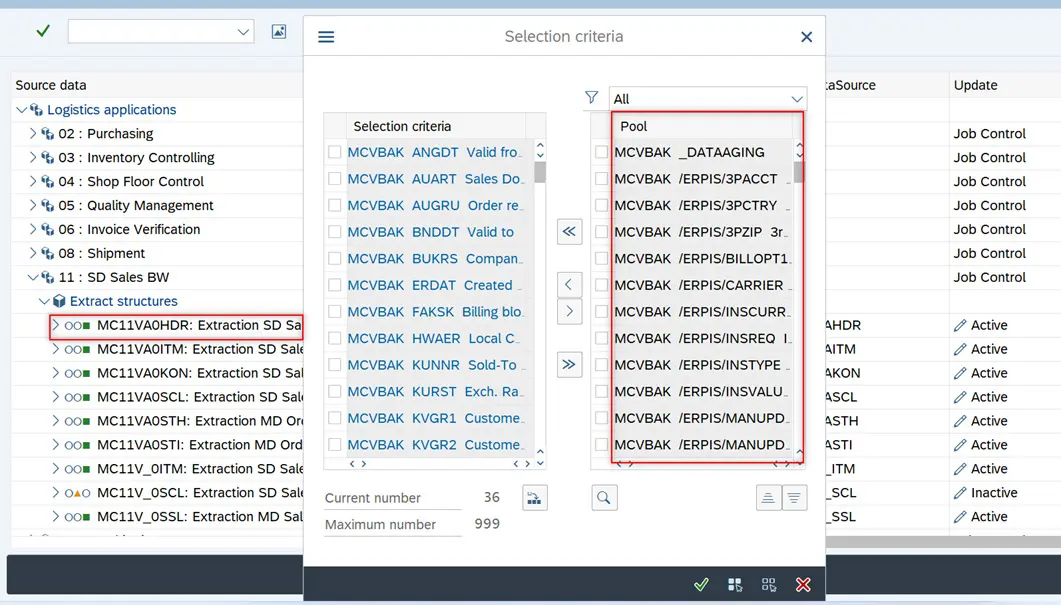SAP ETL: Simplifying Data Transformation for Analytics
SAP ETL (Extract, Transform, Load) is a critical process for organizations using SAP systems to manage enterprise data. ETL helps organizations move data from multiple SAP sources into a centralized data warehouse for analytics, reporting, and decision-making.
What is SAP ETL?
SAP ETL refers to the process of extracting
data from SAP systems, transforming it into a usable format, and loading it
into a data warehouse or other target system. SAP data is often fragmented
across different modules, making ETL essential for gaining a unified view of
the business.
The Three Phases of SAP ETL
Extraction: The first step involves extracting data from multiple SAP systems such as SAP ECC, SAP S/4HANA, or SAP BW. This can be done using tools like SAP Data Services, custom ABAP programs, or SAP BW extractors.
Transformation: After extraction, the data must be transformed to meet specific business needs. This includes data cleaning, deduplication, and formatting to ensure consistency and accuracy.
Loading: The final step is loading the transformed data into the target system, such as a data warehouse, where it can be used for business intelligence and reporting.
Key SAP ETL Tools
SAP Data Services: This tool offers a comprehensive ETL solution, allowing businesses to extract, transform, and load data from various sources, including SAP systems.
SAP BW (Business Warehouse): SAP BW provides integrated ETL functionality, enabling businesses to extract and transform data for analytics purposes.
Third-Party ETL Tools: Tools like Informatica, Talend, and Apache Nifi are commonly used for SAP ETL, offering flexibility and integration with non-SAP systems.
Benefits of SAP ETL
Centralized Data: SAP ETL allows businesses to consolidate data from various sources into a single location, improving data visibility and accessibility.
Enhanced Reporting: By transforming data into a consistent format, SAP ETL ensures that reports are accurate and based on reliable data.
Improved Decision-Making: SAP ETL helps businesses analyze large datasets, providing actionable insights that drive better business decisions.
Challenges of SAP ETL
Complexity: SAP ETL can be complicated due to the intricate nature of SAP systems and the vast amounts of data they handle.
Data Quality: Ensuring data quality during the ETL process is critical,
as errors can impact reporting and analytics.
Best Practices for SAP ETL
Use Automation: Automating ETL tasks can save time and reduce errors,
ensuring that data is extracted, transformed, and loaded consistently.
Optimize Performance: Optimizing query performance and using appropriate indexing strategies can enhance the efficiency of the ETL process.
SAP ETL is essential for organizations
seeking to make better use of their SAP data. By following best practices and
leveraging the right tools, businesses can streamline the process and unlock
valuable insights.




Comments
Post a Comment